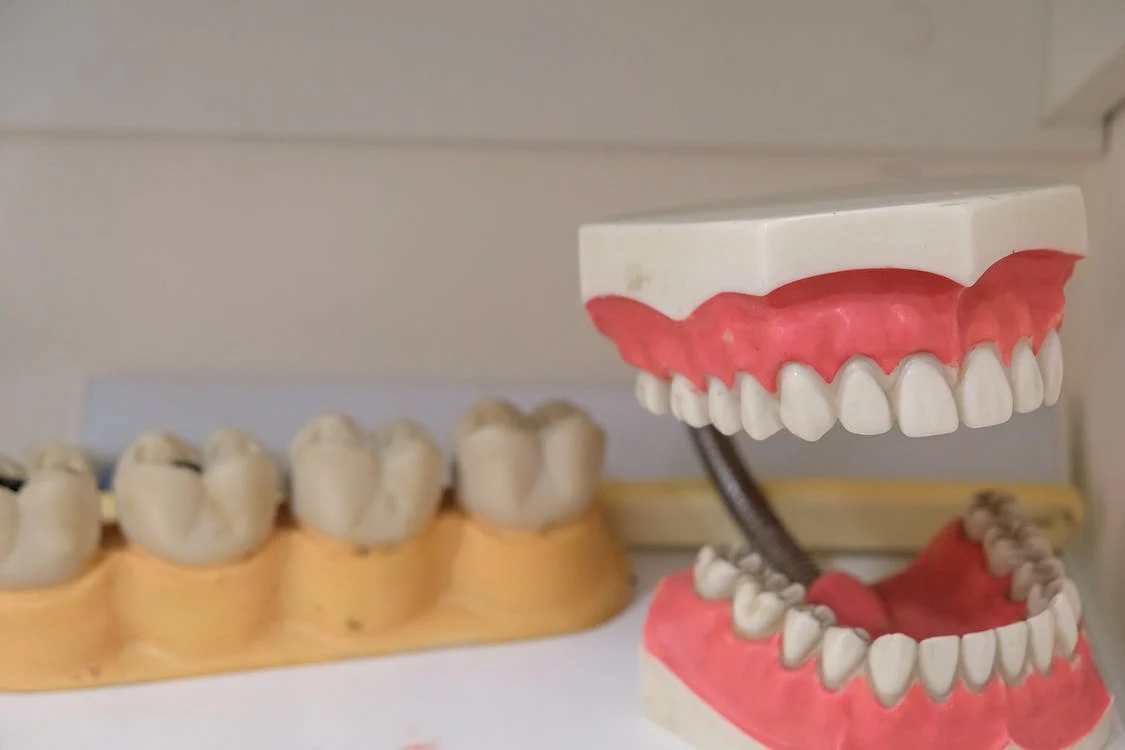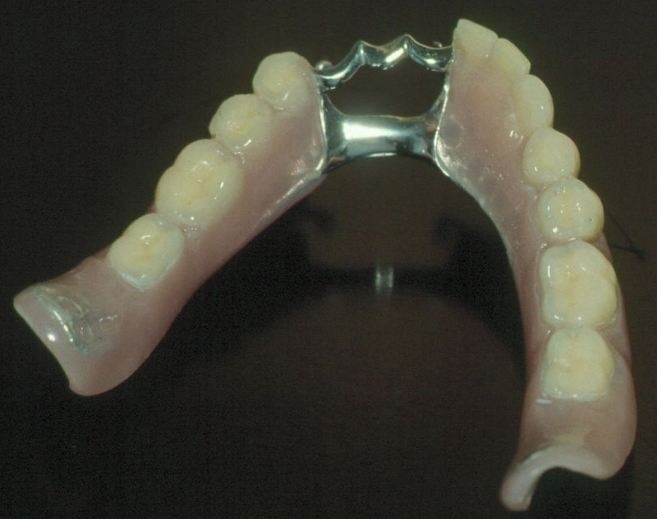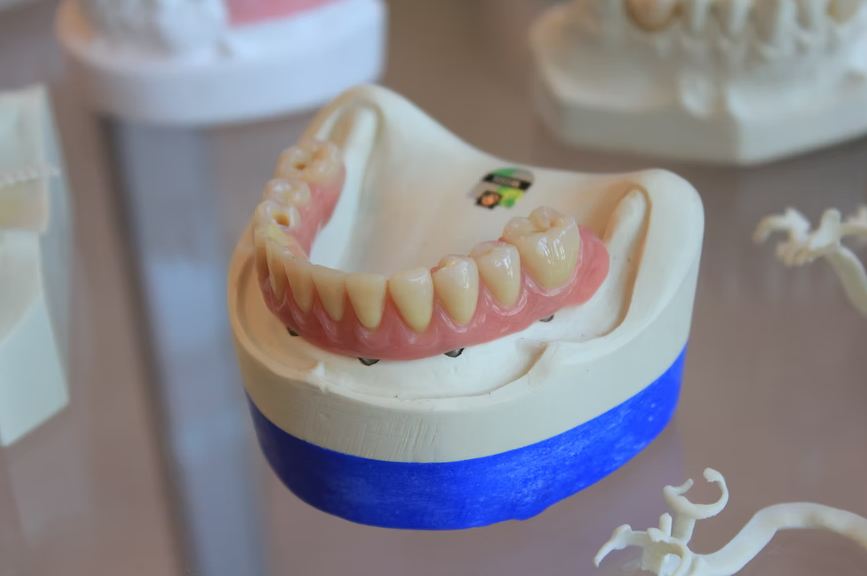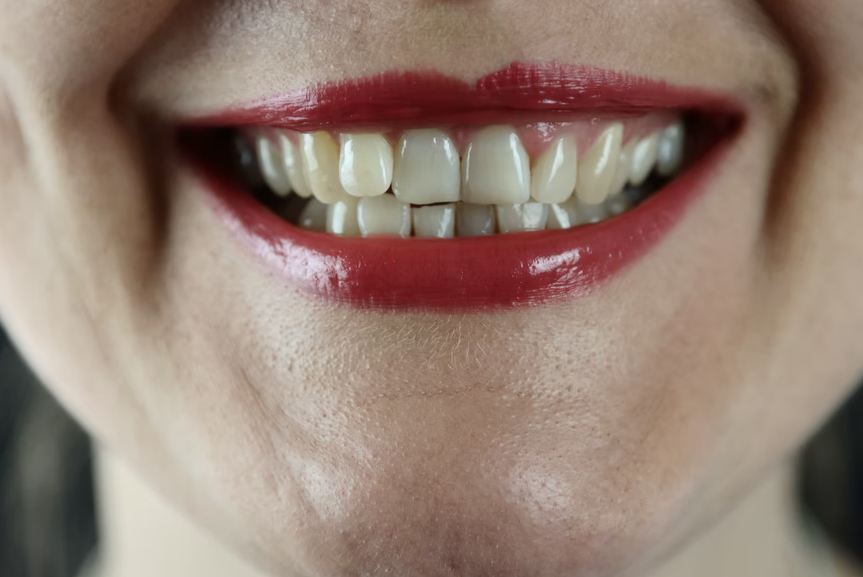Missing a tooth or several teeth can be a traumatic experience. It does not only affect your teeth structure but also jeopardizes oral health. You should not just leave the empty space created because of a missing tooth, as it can affect the surrounding teeth, and can also cause problems in chewing the food.
In such circumstances, most people go for the procedure of dental bridging. It doesn’t only restore the original look of teeth but also improves the function of your teeth’ structure.
What is Dental Bridging?
A dental bridge is a permanent appliance i.e. a false tooth (called a pontic), that is used to replace a missing tooth or several teeth. Abutment teeth hold the pontic in a fixed place on either side of the gap. It’s used to close or bridge the gaps in between your teeth and restore the smile. This procedure is known as dental bridging.
Dental Bridging is an effective alternative to partial dentures. It is one of the most important procedures in cosmetic dentistry, and serves both aesthetic and practical purposes, enabling the patient to speak and eat properly. A bridge is made up of several different types of materials, including alloys, gold, or porcelain. Porcelain is most often used to replace the gaps in your front teeth because it can be matched to your natural tooth color.
Who’s the Suitable Candidate for Dental Bridging?
It is very important to note that not every individual is suitable to undergo the procedure of dental bridging. You need to fill certain criteria to be able to endure the procedure and have good results. Before operating, the dentist will discuss these conditions with you. They are listed below.
- Missing one or more permanent teeth
- Having healthy teeth and strong bone structure to support the dental bridge
- Having good health conditions overall, i.e. no severe infections or other health problems
- Having good oral health
- Performing good oral hygiene to maintain and look after the dental bridge
Benefits of Dental Bridging
Dental bridging is one of the most effective and long-lasting restorative procedures. It does not only help to improve the smile appearance but also makes it easier to pronounce words and chew food properly. There are many benefits that this cosmetic dental procedure has to offer. Some of them are as follows.
1. Restores Your Smile
If you don’t feel confident about your smile, and want to change its overall appearance , it’s time to go for a dental bridging. One should not put a price tag on a smile that is both healthy and beautiful.
Most of the patients feel more confident about their teeth and overall smile appearance after applying bridges, thus improving their quality of life. Dental bridges are one of the fastest tooth replacement options and help people in getting their confidence back.
2. Helps in Speaking and Chewing
Missing a tooth does not only affect your oral health but also affects the process of chewing and speaking. Surrounding teeth can cause pain and then it transfers onto the open space. Food particles often get stuck in the empty socket, causing discomfort. This can damage your gum and lead to gum disease. To permanently alleviate the pain, one must undergo the dental bridging. This treatment helps the patients speak and chew properly, thus improving their pronunciation.
3. Maintains the Natural Shape of Your Face
Losing a tooth greatly affects your jaws, and causes your jawbone to deteriorate. Normally, the bone cells in your jawbone are highly stimulated by the tooth roots. Without this stimulation, the jawbone starts to deteriorate, and the person ends up suffering from tooth loss and facial collapse, affecting the natural shape of his face. Dental Bridging helps in closing the gaps between teeth and maintains the natural shape of your face, by preventing jawbone from further deterioration.
4. Prevents Teeth from Shifting
Your teeth are strongly held in a fixed place by roots under the surface of the gums. Additionally, every tooth is held in place with the help of its surrounding tooth and so the chain is continuous. Hence, losing one tooth can end up damaging your whole teeth structure. The remaining teeth also start to tilt towards the gaps or open spaces.
To prevent those teeth from shifting or moving away from their respective places, the best thing to do is invest in an artificial tooth, by undergoing dental bridging treatment. Too much shifting of teeth can make them lose their grip and stimulates further tooth loss.
5. Minimally Invasive
One of the most important benefits of dental bridging is that this dental procedure is minimally invasive. Usually, in case a patient is getting a dental implant, he’ll have to undergo one or more surgical procedures for placement. If a person does not have sufficient bone mass for the implant, he may also have to undergo bone graft surgery. In contrast, dental bridges are easily placed inside the mouth without the need for invasive surgical procedures.
6. Stable
Dental bridging is considered a better alternative for dentures, because of its stability. Unlike dentures, you won’t have to worry about the bridges falling accidentally out of the mouth. A bridge is fixed securely and is only removed by the dentist for a dental cleaning.
7. Long-Lasting
Dental bridges may not have the same resilience and strength as natural teeth, but they can last a long time if they are well-maintained. They have the same durability as dental crowns. The standard life span of a dental bridge is ten years. The strength of the bridge greatly depends upon the heath of the surrounding teeth, which means, you need to practice good oral hygiene to make it last a long time.
8. Aesthetics
A dental bridge significantly enhances the shape and color of the artificial tooth and restores the function of a lost tooth. A successful dental bridging helps create an appealing dental restoration that perfectly blends in with the rest of the teeth. Mostly, the dentist chooses a porcelain crown, which is resistant to stains and is tooth-colored.
Suggested Post: How to Avoid Teeth Stains
Bridge the Gaps – Even Out Your Smile
Missing teeth do not only affect your oral health but also influences overall smile appearance. Due to the open spaces in your smile, the surrounding teeth can move towards the gaps and cause jaw deterioration. On an everyday basis, these gaps can make it difficult for you to eat, speak or feel confident about yourself. Dental bridging restores the natural shape and function of teeth, prevents the sunken-in appearance of your face, and helps you feel confident about yourself.




